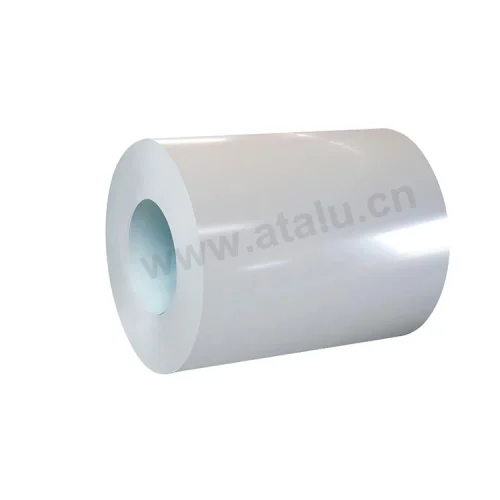Processing Of Aluminum Coils
Before the aluminum coil is rolled, some pretreatment parts are required to ensure that the surface of the aluminum coil is clean. In order to avoid residual grease and lubricant on the surface, it will affect the coating and use. Therefore, aluminum coils should be pretreated in the following ways before forming.
First, you can wash the aluminum coil with hot water. Aluminum coil manufacturers indicate that hot water cleaning is mainly to clean the degreaser remaining on the surface of the substrate to ensure that these residues can be dissolved to prevent secondary decontamination of the substrate. The methods of use are mainly dipping and spraying. The aluminum coil manufacturer reminds that the water quality used should not be too high. Otherwise, minerals in the water will form spots on the surface of the substrate. Second, hot alkali degreasing is faster because pre-coated threads are faster, so the degreaser used is usually at a higher concentration. Typical degreasers contain components such as sodium hydroxide (NaOH), sodium carbonate (Na2Co3), water glass (Na2SiO3), and phosphate. The hot alkaline degreasing process is usually carried out in two steps to ensure that the surface of the aluminum coil is cleaned and sprayed.

Passivation treatment is to form a conversion coating on the surface of the substrate by pressure spraying, dip coating or roll coating. Usually, the method of pressurized spraying is used, and the sludge produced by the passivating liquid during use tends to block the spraying holes, thereby affecting the effect of spraying. Although the dip coating method solves this problem, the passivation liquid is consumed in large quantities. The above two methods require washing the excess passivation solution with water in actual operation, which will lead to the recovery and purification of waste water. Roller coating is a passivation construction method. Roller coating has the advantages of uniform coating, economical practicability, and no need for dipping. Aluminum coils typically use a chromate/oxide type treatment containing chromate, chromic acid, phosphoric acid and accelerators fluorides and molybdates. Phosphoric acid must be added to this type of treatment, otherwise it cannot be used to treat aluminum panels for food and beverages.
Aluminum coils are used in electronic equipment, packaging, construction, machinery and other applications. In the past 2012, many traditional electronic products and devices are still plastic, the price may be cheaper, but the lifespan is shorter, and the casing is easily broken, so the future development of aluminum coil can also occupy a place in the market.






